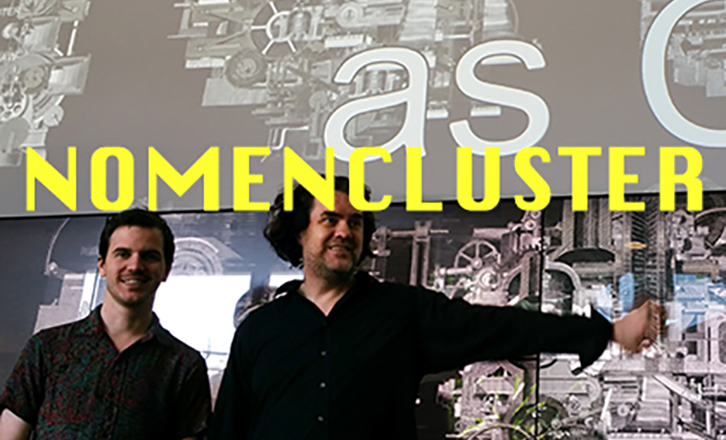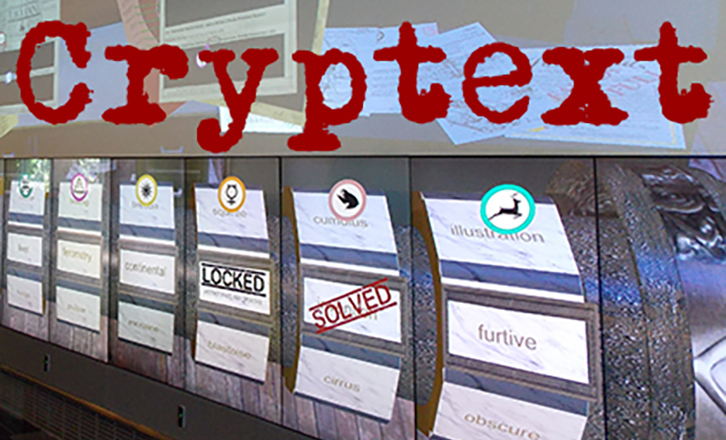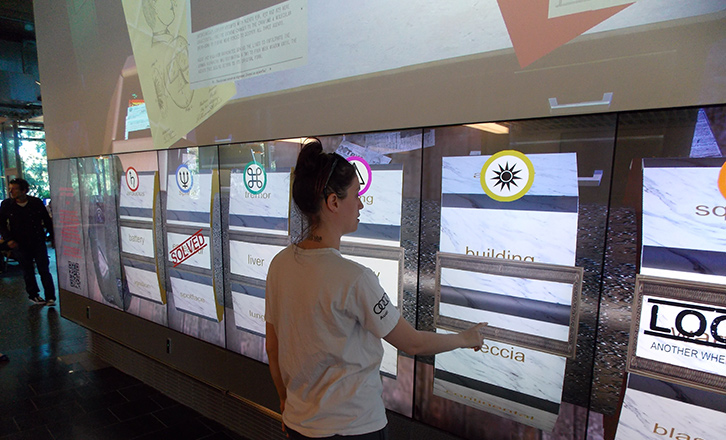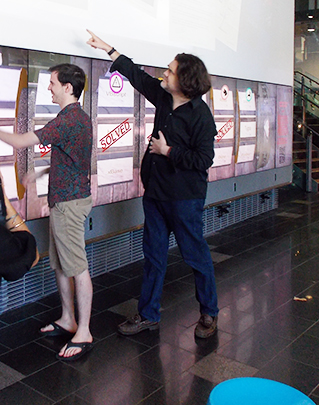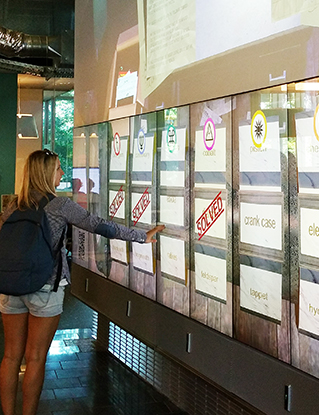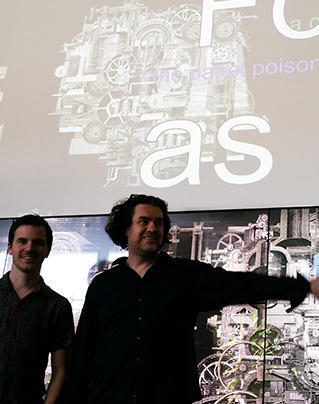About Giant Touch Screen Games/Artworks
Their creations, Cryptext (an interactive puzzle/science fiction mystery game) and Nomencluster (a generative artwork/game created by user’s hand movements using poetry and science designs) were built for one of the world’s largest, most advanced touch screen spaces, located at QUT’s The Cube (four 40ft sides, over 40 touch screens, towering over two stories).
Jason worked with newly minted games developer Matt Horton to rethink this space as a giant game environment. Working over 9 months Jason and Matt experimented with various game iterations, including cannon/catapult based games for shooting news feed headlines and a strange artistic version of the classic block breaker game. However making games for a giant touch screen space is totally different than any other platform. How do you entice people to play games on a space over 40 feet wide and 14 ft high?
They eventually perfected their methods and created two games/artworks. Cryptext, a puzzle science fiction game, where players use giant wheels, one to each touch screen, to solve a cryptic X-files style mystery surrounding a secret military technology program. And Nomencluster an interactive artwork/game where players create with science shapes and designs, and through each of the six levels poetic text is generated by the player’s movements.
Games like these have to exist over three visual dimensions: the up close player, using the touch screen to play, the step-back visual dimension where players and their friends can see the entire space to gauge their game play, and the far away dimension for those walking by or studying nearby watching the screens dominate the visual space. In addition, we noticed there were significant hurdles in developing AIs which functioned as invisible players, to have the games moving/playing when no one is touching. After all, the space is so large it’s a dominant visual feature and must be engaging even when not being played.
We had the additional hurdle of ensuring each new player could have an engaging experience without having to restart the game. So we created games that had levels, but were also playable and coherent no matter when you arrived during the game’s progress. We also had to account for both the limited time most players spent using the touch screens, so we created experiences for people playing as short as a minute or as long as an hour.
Cryptext
Jason Nelson and Matt Horton, through an Australia Council Digital Writing Residency grant, extend this literary genre to the dynamic, interactive, two-story high space of QUT’s Cube, creating one of the world’s first speculative fiction games for large touchscreen displays.
Jason and Matt’s Cyptext combines the wonderment and intrigue of game based science fiction with the awe and interactive power of QUT’s Cube, which is, in itself, an almost science fiction like space, with its tall touch screens and large projection spaces seemingly coming from the building’s heart.
Images/Video of Cryptext and NomenCluster
- All
- Videos
- Images
-
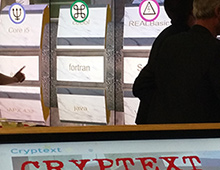

Cryptext
Image of the Kiosk and our Cryptext game on the front facing screen.
-
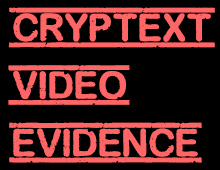 http://player.vimeo.com/video/128763534?title=0&byline=0&portrait=0&color=f52a2d
http://player.vimeo.com/video/128763534?title=0&byline=0&portrait=0&color=f52a2dVideo of playing Cryptext
Sorry about the super fast framecount....wanted to show as much as we could in a few minutes.
-
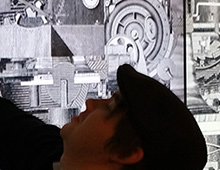
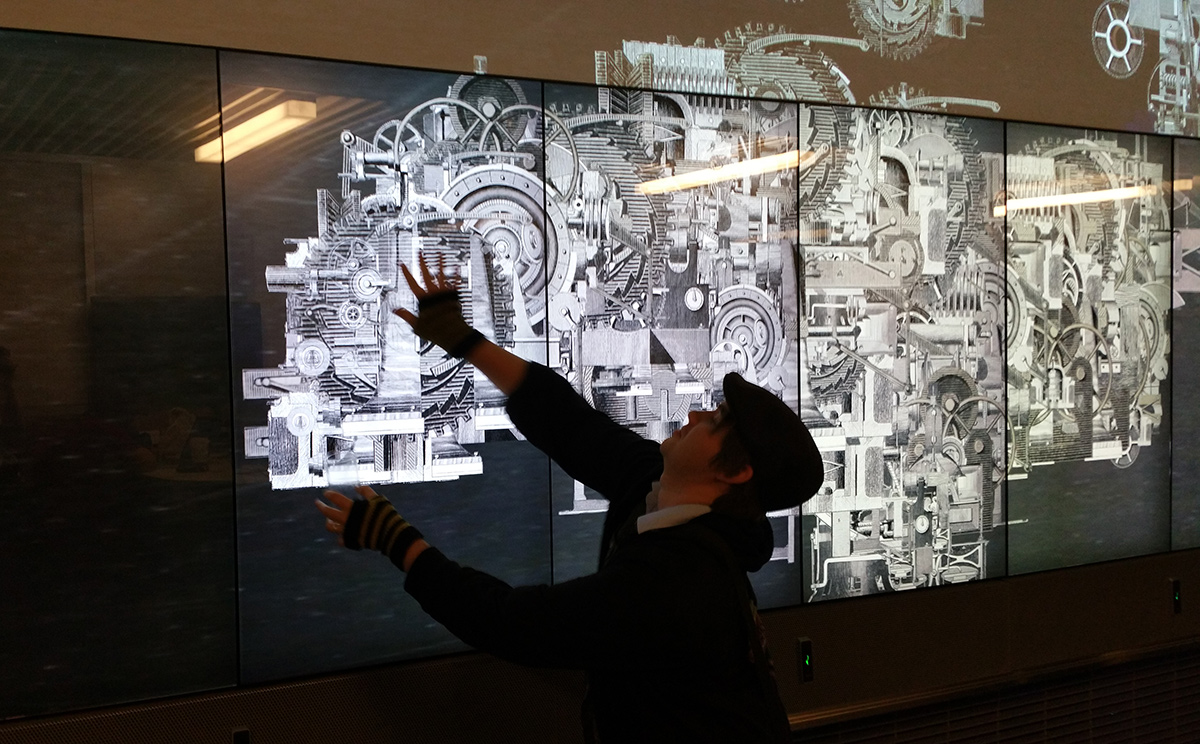
NomeCluster
Image of the wonders of NomenCluster being played (the machine level)
-
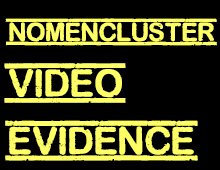 http://player.vimeo.com/video/128712064?title=0&byline=0&portrait=0&color=f52a2d
http://player.vimeo.com/video/128712064?title=0&byline=0&portrait=0&color=f52a2dVideo of playing NomenCluster
While this artwork/game is not created for kids, this group of youngins does seem to love it!
-
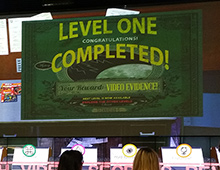

Cryptext
Image of the Cryptext game's level winning graphic. Now on to level two you go!
-
 http://player.vimeo.com/video/128712534?title=0&byline=0&portrait=0&color=f52a2d
http://player.vimeo.com/video/128712534?title=0&byline=0&portrait=0&color=f52a2d -
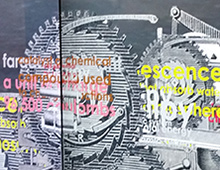
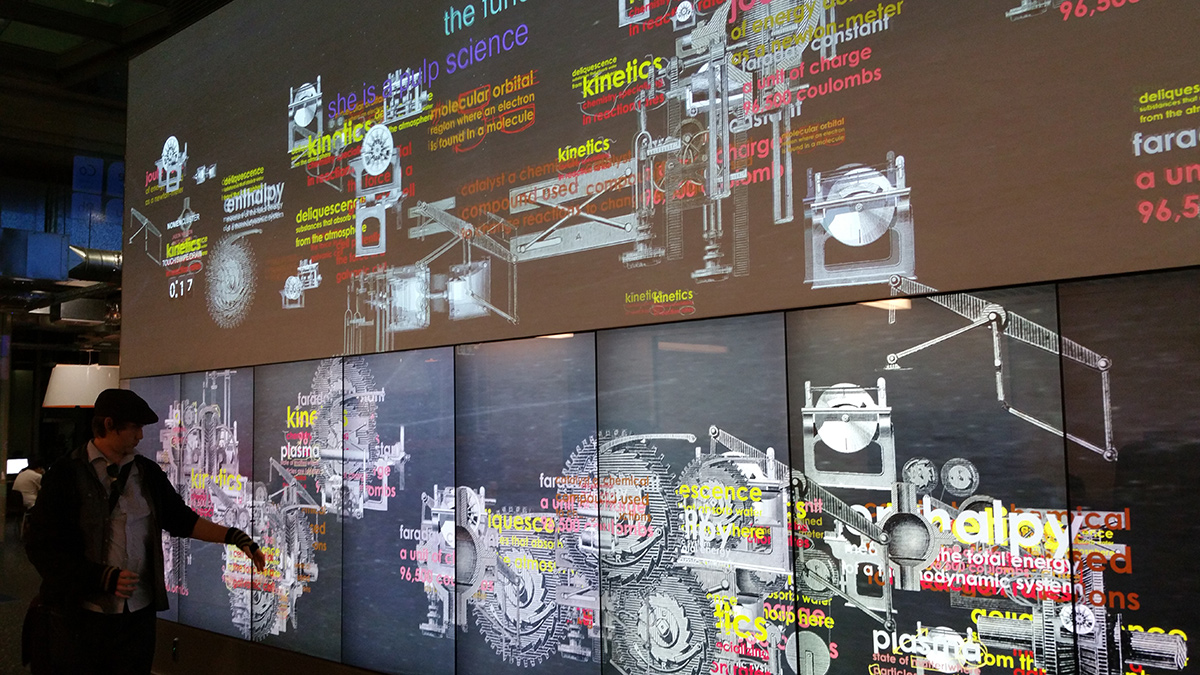
-
 http://player.vimeo.com/video/130193602?title=0&byline=0&portrait=0&color=f52a2d
http://player.vimeo.com/video/130193602?title=0&byline=0&portrait=0&color=f52a2dVideo of playing NomeCluster
Playing the small and giant text levels of NomenCluster
-
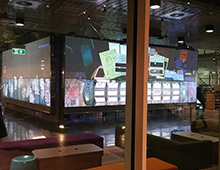

Cryptext and NomenCluster
Cryptext and NomenCluster from Outside the Cube Space.
-
 http://player.vimeo.com/video/129510442?title=0&byline=0&portrait=0&color=f52a2d
http://player.vimeo.com/video/129510442?title=0&byline=0&portrait=0&color=f52a2d -
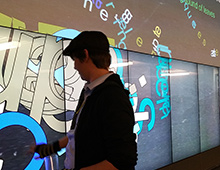
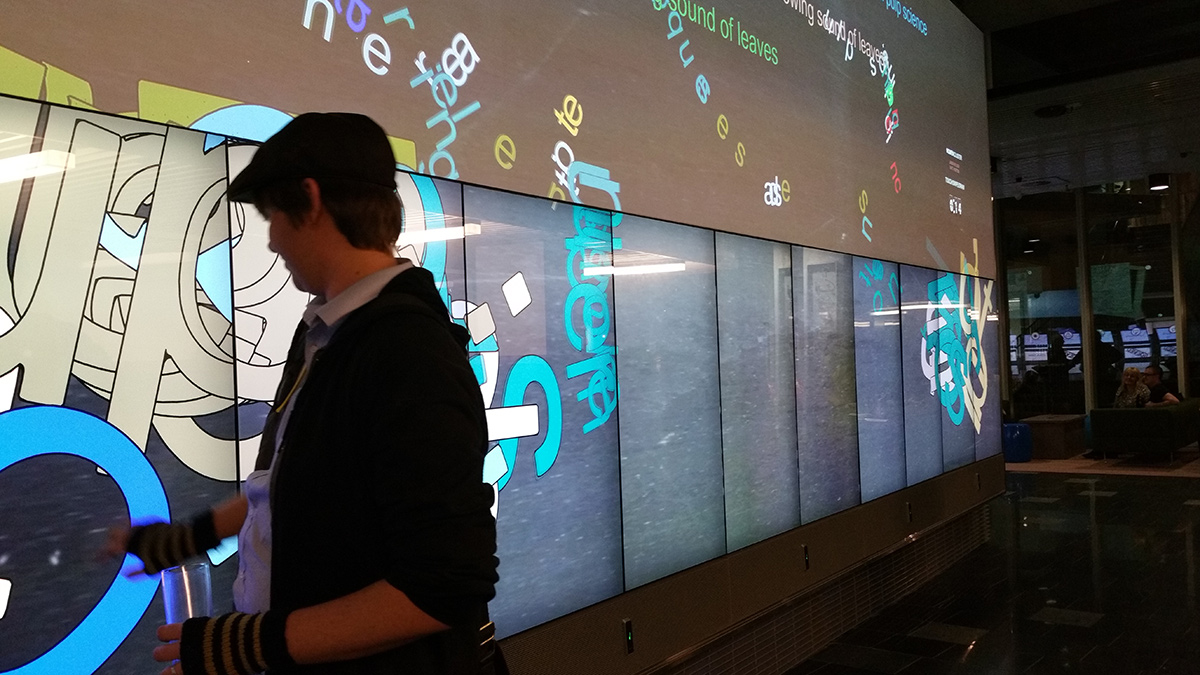
NomeCluster
Image of the wonders of NomenCluster being played (the Giant Text level)
-
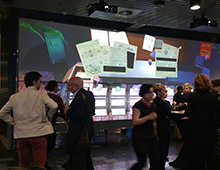
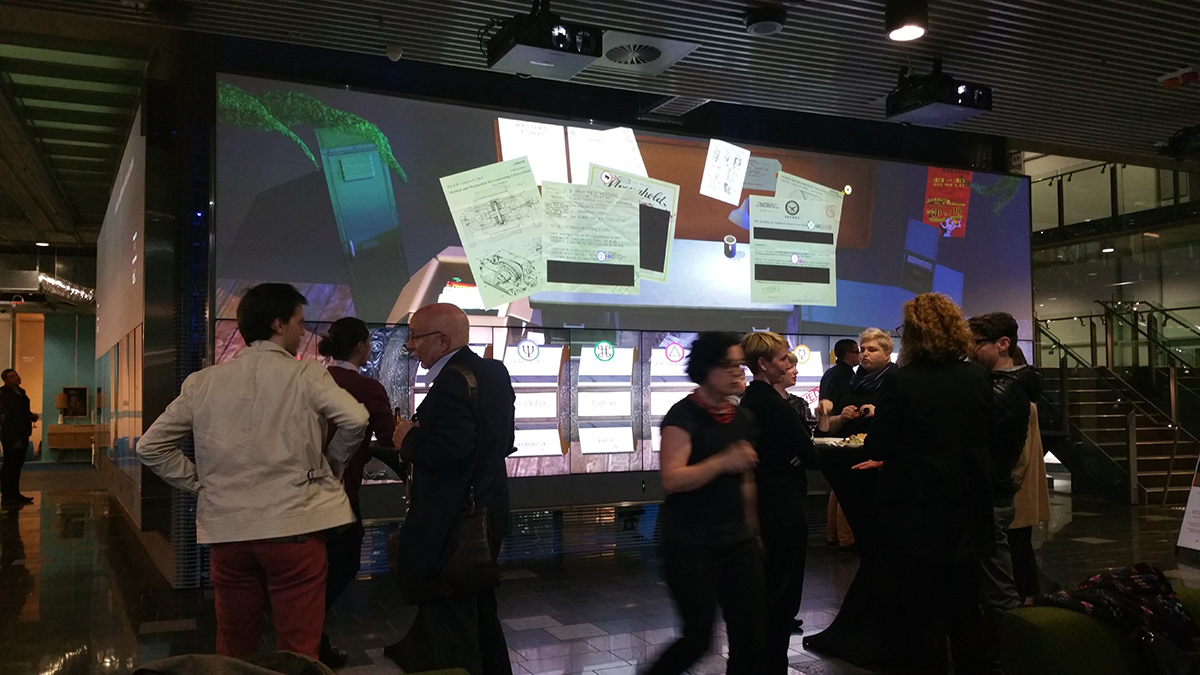
-
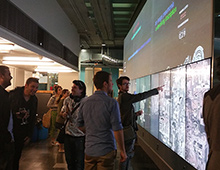
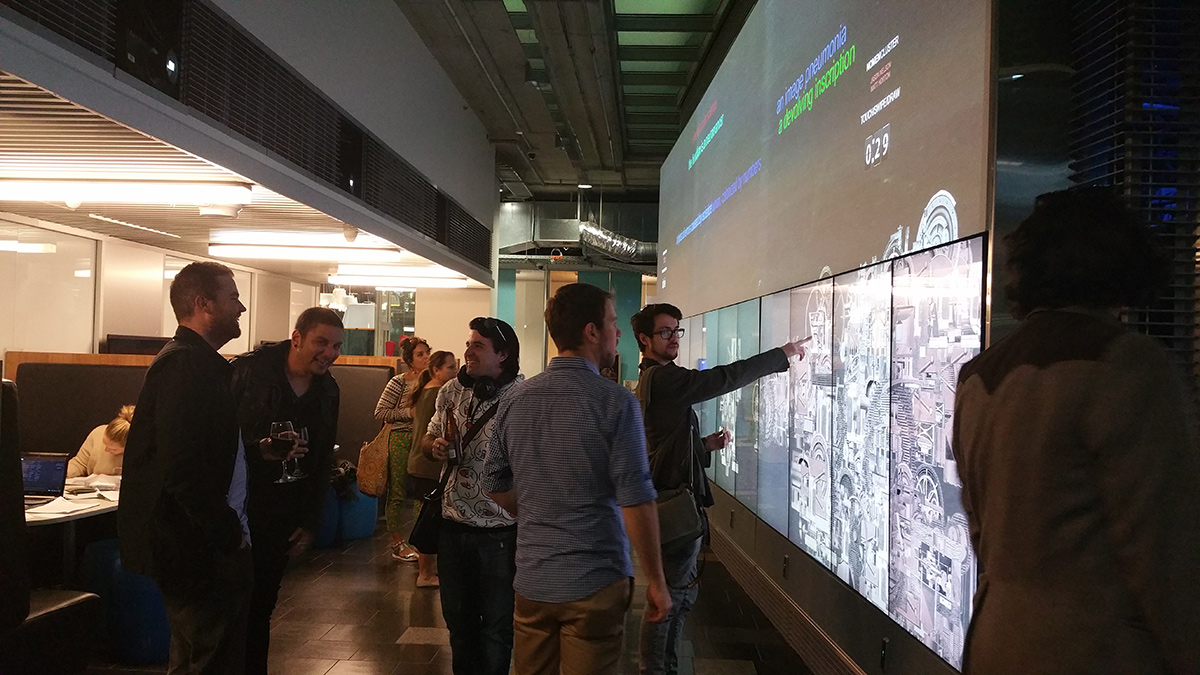
NomenCluster
Nomencluster explores the space as a drawing and creative play environment. But instead of drawing with lines, visitors create their own designs with insects, 19th century engineering engravings, food chemistry and a continual stream of poetic texts and interactive writing.
The Cube’s positioning also conveniently provided free and easy player testing with passing students and visitors. Our projects focused on ideas of generation and interaction; Jason’s textual and erratic artistic style complemented player generation in the Mouse Follower, and our perspectives on proto-pop culture and information discovery formed the basis for the corporate secrecy of the Cryptext.
Contact Jason Nelson
If you want to write an article (I would send you something curiously cool from Australia!), or just want to reach out, please do contact me!
You can also Email Me with this fancy form
Just reach out and say hello and all that. I promise to never use your contact bits for anything but responding to your hello.
